Cut, Copy, and Paste are the most commonly used commands in Windows computers. It is a very simple operation, and a regular PC user might find this post of little use, but there are many new PC users who are searching for how to cut, copy, and paste using a keyboard or mouse in Windows 11/10. We, therefore, now, will on and off, cover very basic Windows tutorials for beginners too.
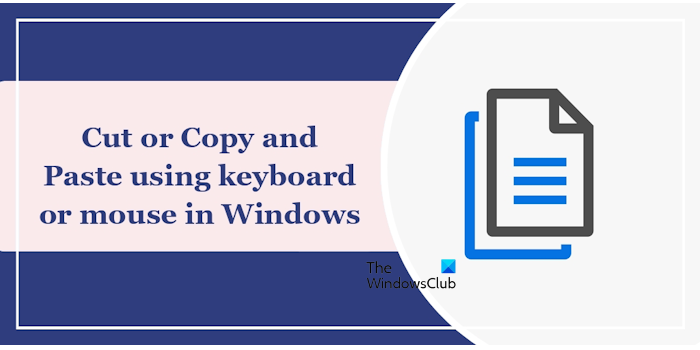
Difference Between Cut and Copy
First things first, there is a difference between Cutting and Copying something. When you cut and paste an image or text, you are actually removing it from one location and getting it in your clipboard, while copying will create a duplicate image or text. Once copied on your clipboard or temporary memory, you can paste it into any document, file, or folder of your PC. We can copy almost anything from the Internet, but cutting a text or an image from the web is not possible. So basically, we use the ‘CUT’ option when we want to move an image, text, file, or folder from one location to another, and we use ‘Copy’ when we want to create a duplicate item.
What is a Clipboard?
Before we proceed, it is important to understand what a Clipboard is. Windows PCs come with a feature called Windows Clipboard, which stores the information temporarily, thereby allowing you to move or paste it in some other location. The data stored in the clipboard gets deleted when you restart or shut down your PC. Simply put, Clipboard is used to store the data you want to paste in some other location of your PC.
Cut, Copy, and Paste using Mouse
To Cut or Copy a file or folder on your PC, just right-click the button of your mouse and select ‘Cut’ or ‘Copy’. Go to the folder where you want to get the file or a folder, click the right button of your mouse, and select ‘Paste’.
Similarly, to Cut or Copy an image from one folder to another, take your mouse cursor to the image, click the right button of your mouse, and select the desired option. To paste, go to the desired folder, click the right button of your mouse, and select ‘Paste’.
To cut, copy, and paste a text using the mouse, you first need to take your mouse cursor to the text you want to copy. To select the text, click on the left button of your mouse, hold it, and drag it over the text you want to select. The selected text is shown in a different color.
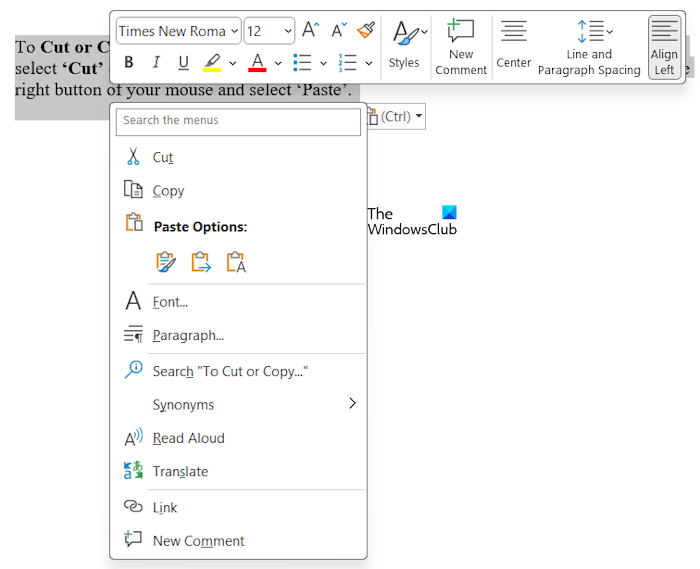
Click the right button of your mouse and select ‘cut‘ or ‘copy’. To paste the text, select ‘Paste’. The Paste Options, when offered, give you additional pasting options like keeping/discarding formatting, etc.
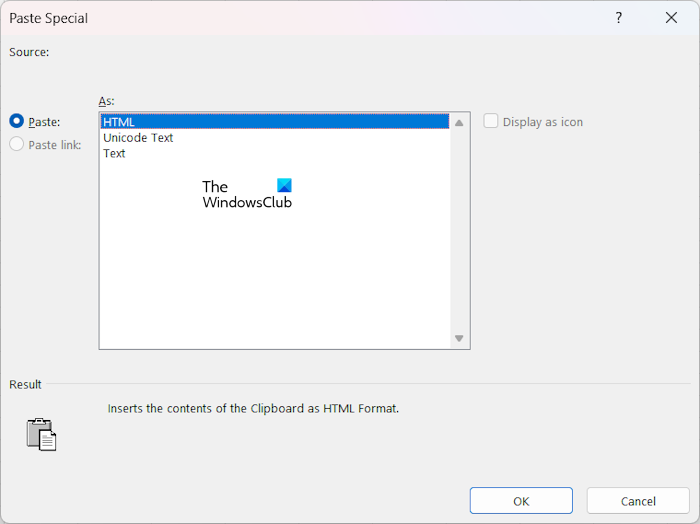
The different Paste options are not available in all applications you use. For example, if you paste in a web browser, you will see only the Paste option in the right-click context menu. Moreover, in some applications like Microsoft Excel and Google Sheets, one more paste option, called Paste Special available.
This post will show you how to Cut, Copy, Paste, Rename, Delete, Share Files and Folders in Windows 11.
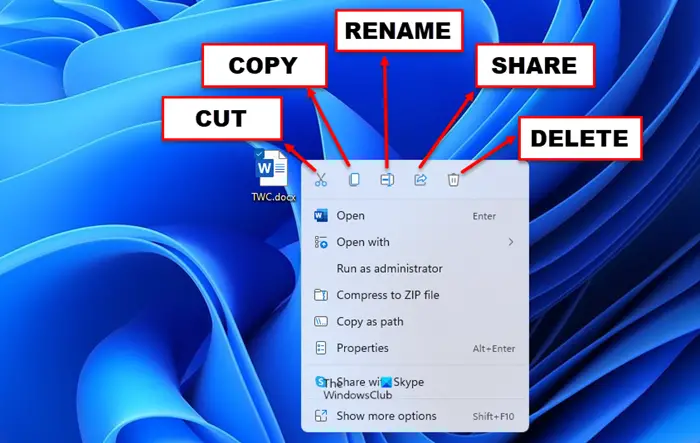
Things have changed a bit in the Context Menu. You can expand the Windows 11 context menu by clicking on the Show more options.
Cut, Copy, and Paste using Keyboard Shortcut
While it is easy and direct to cut, copy, and paste using a mouse, using keyboard shortcuts is always easier and faster. Not every PC user may be aware of the keyboard shortcuts – but it is important to know about them so that you can work even when your mouse stops working.
- Keyboard shortcut to Select all- Ctrl+A
- Keyboard shortcut for Cut- Ctrl+X
- Keyboard shortcut for Copy- Ctrl+C
- Keyboard shortcut for Paste- Ctrl+V.
Select the file, folder, or image, then use Ctrl+X or Ctrl+C keyboard shortcuts. Now, open the folder where you want to paste the item and press Ctrl+V. If you want to select all the items in a folder, press Ctrl+A and then use the cut, copy, and paste keyboard shortcuts.
To select a piece of text using the keyboard, you first need to take the cursor to the text, press Ctrl+Shift, and Left or Right arrow keys as desired. Keep pressing the arrow keys to select the words right or left. Use Up and Down arrow keys to select paragraphs. If you want to select a complete line, take the cursor to the end of the line and press Shift+Home on your keyboard.
The Ctrl + V keyboard shortcut paste the copied text with formatting. If you want to paste the copied text without formatting, you can use the Ctrl + Shift + V keys.
Move or Copy using the Command Prompt
Now, this is a method for advanced users. You can also use the Command Prompt to Move or Copy files. To do so, note down the path of the file or folder to be cut or copied. Also, note down the path of the destination folder.
Now click on the Start Button in Windows 11/10 and select Command Prompt. The syntax to be used is:
For Copy:
copy [/d] [/v] [/n] [{/y|/-y}] [/z] [{/a|/b}] Source [{/a|/b}] [+ Source [{/a|/b}] [+ ...]] [Destination [{/a|/b}]]
For Move:
move [{/y|/-y}] [Source] [target]
Syntax and other details on this can be had at TechNet here and here.
If the copy command finds the files with the same name, it will ask you to replace the file. You can select Yes or No. If you want the copy command not to show this prompt, you can use the /y parameter. After using this parameter, the copy command will automatically overwrite the files (if any).
In Windows 11/10, you can copy the files by using the copy command and the xcopy command. There is a difference between these two commands. The former has many limitations which are eliminated by the xcopy command. For example, the copy command does not copy the inside the subfolders. The copy command also fails to copy the hidden files and folders. The xcopy command also has more parameters than the copy command.
The syntax of the xcopy command is simple:
xcopy <source address> <destination address>
You can add the required parameters at the end of the command. Let’s say you want to copy files from the E directory to the location “D:\The Windows Club\New folder“, then the command will be:
xcopy "E:\" "D:\The Windows Club\New folder"
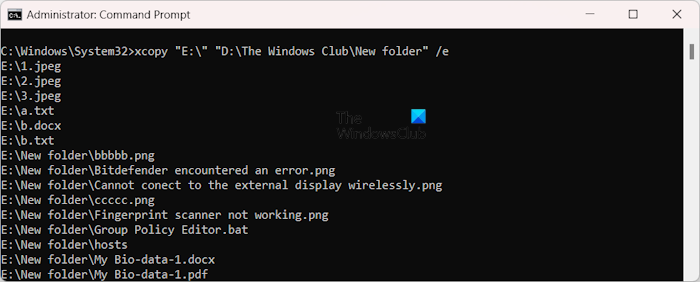
If you want to copy files, folders, subfolders, and empty folders, you can add the parameter /e at the end of the xcopy command. For example:
xcopy "E:\" "D:\The Windows Club\New folder" /e
The complete list of parameters that can be used with the xcopy command is available on the official website of Microsoft.
Now that you know about these simple tricks to cut, copy, and paste the data from one location to another, it will be easier for you to work on your Windows PC.
That’s it. I hope this helps.
What does Ctrl +W do?
The Ctrl + W keyboard shortcut closes the currently opened document. For example, if you use this shortcut in Microsoft Word, the currently opened file will be closed. This shortcut also works in all web browsers. For example, if you press this keyboard shortcut, the currently opened tab will be closed in your web browser.
What does Ctrl +N do?
The Ctrl + N keyboard shortcut opens a new instance of an application. For example, if you use this keyboard shortcut after opening File Explorer, a new window of the File Explorer will open. The same thing applies to most other applications and web browsers.
See this post if Copy and Paste is not working.
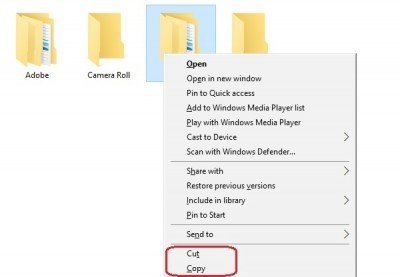
Different for Facebook posts….